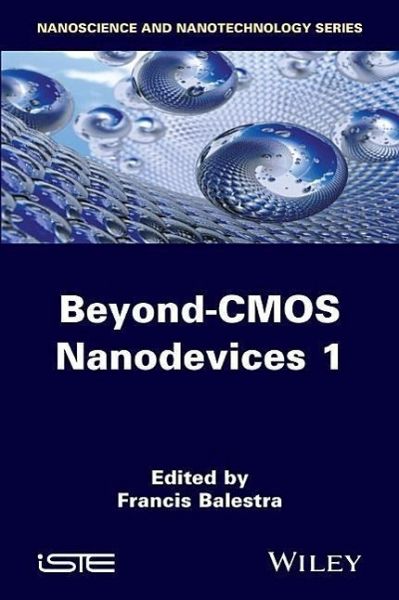
Beyond-CMOS Nanodevices 1
Versandkostenfrei!
Versandfertig in über 4 Wochen
192,99 €
inkl. MwSt.
Weitere Ausgaben:

PAYBACK Punkte
96 °P sammeln!
This book offers a comprehensive review of the state-of-the-art in innovative Beyond-CMOS nanodevices for developing novel functionalities, logic and memories dedicated to researchers, engineers and students. It particularly focuses on the interest of nanostructures and nanodevices (nanowires, small slope switches, 2D layers, nanostructured materials, etc.) for advanced More than Moore (RF-nanosensors-energy harvesters, on-chip electronic cooling, etc.) and Beyond-CMOS logic and memories applications.


